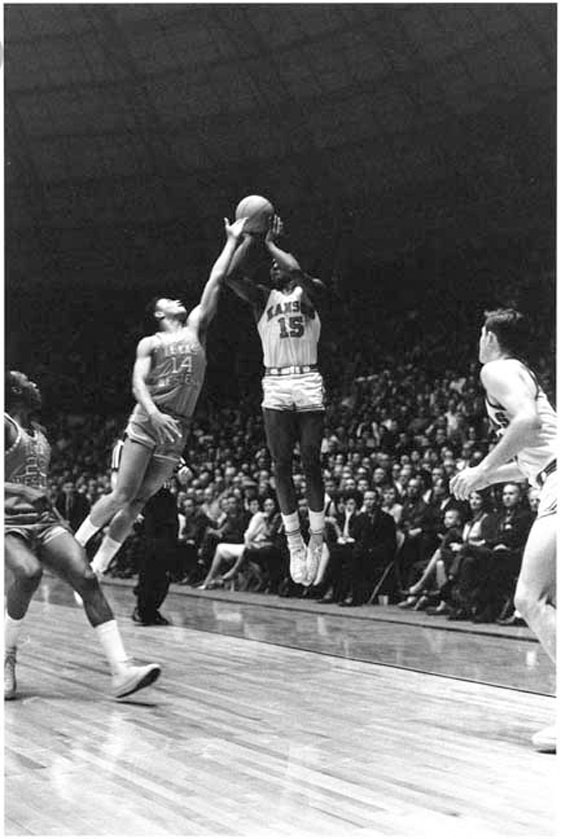Racial Injustice in College Basketball
Prior to the 1965-1966 NCAA Men's Basketball Championship game, college basketball across America was heavily segregated and full of misconceptions about African American players. From players not being allowed to play, harsh treatment in public settings or by the media, and unfair officiating, equality was not apparent in college basketball. One team that received this treatment thoroughly was the Texas Western Miners, a team that rostered eight African American players and frequently started five.
Source: Naismith Basketball Hall of Fame, 2007
Inequality in College Basketball
As Harry Flournoy explains during Texas Western's Hall of Fame induction, African American players were seen as inferior to white players in many aspects of college basketball. The stereotype believed by coaches, media, and other players was that five black players couldn't be on the court at the same time without the game going to chaos, also that black players were incapable of leading a team (Fitzpatrick, 2003). Because of these accepted yet false beliefs, many African Americans were discriminated against in college basketball. The discrimination included coaches not playing African Americans at fear of losing games or their reputation, Universities not recruiting African American players for similar reasons, media not discussing or interviewing said players, teams being denied access to public places, referees not officiating fairly, and fans being racist during games.
"In 1966, American cultural and sporting mythology insisted at least one white starter was necessary for success. Black athletes, prevailing wisdom implied, needed the steadying hand of a white teammate. Otherwise, games would dissolve into chaos," (Fitzpatrick 2003).
The Miners weren't strangers to the racism faced by African American basketball players prior to their historic championship win. During a game versus Seattle, Don Haskins recalls Seattle players trying to hurt his team saying, "Bobby Joe took the ball to the basket, leapt in the air, and got cut from underneath by a Seattle player. He went down hard and no foul was called" (Haskins, 2006). This showed how some players were out to get African American players and how referees didn't officiate fairly. In their championship game, an example of racism they faced was "high in the bleachers, Kentucky fans waved a Confederate flag as the Wildcats' five white players line up for the opening tap"(Fitzpatrick, 2003). The championship was also broadcasted on a local television channel whereas the lesser NIT tournament championship game was broadcasted on CBS. These showed how even the fans and media discriminated the African American players, making it clear that many groups nationally were against them.

"If it had been Duke-Kentucky, they'd have shown it on Channels 2, 4 and 7" - Willie Worsley (Vecsey, 1996).